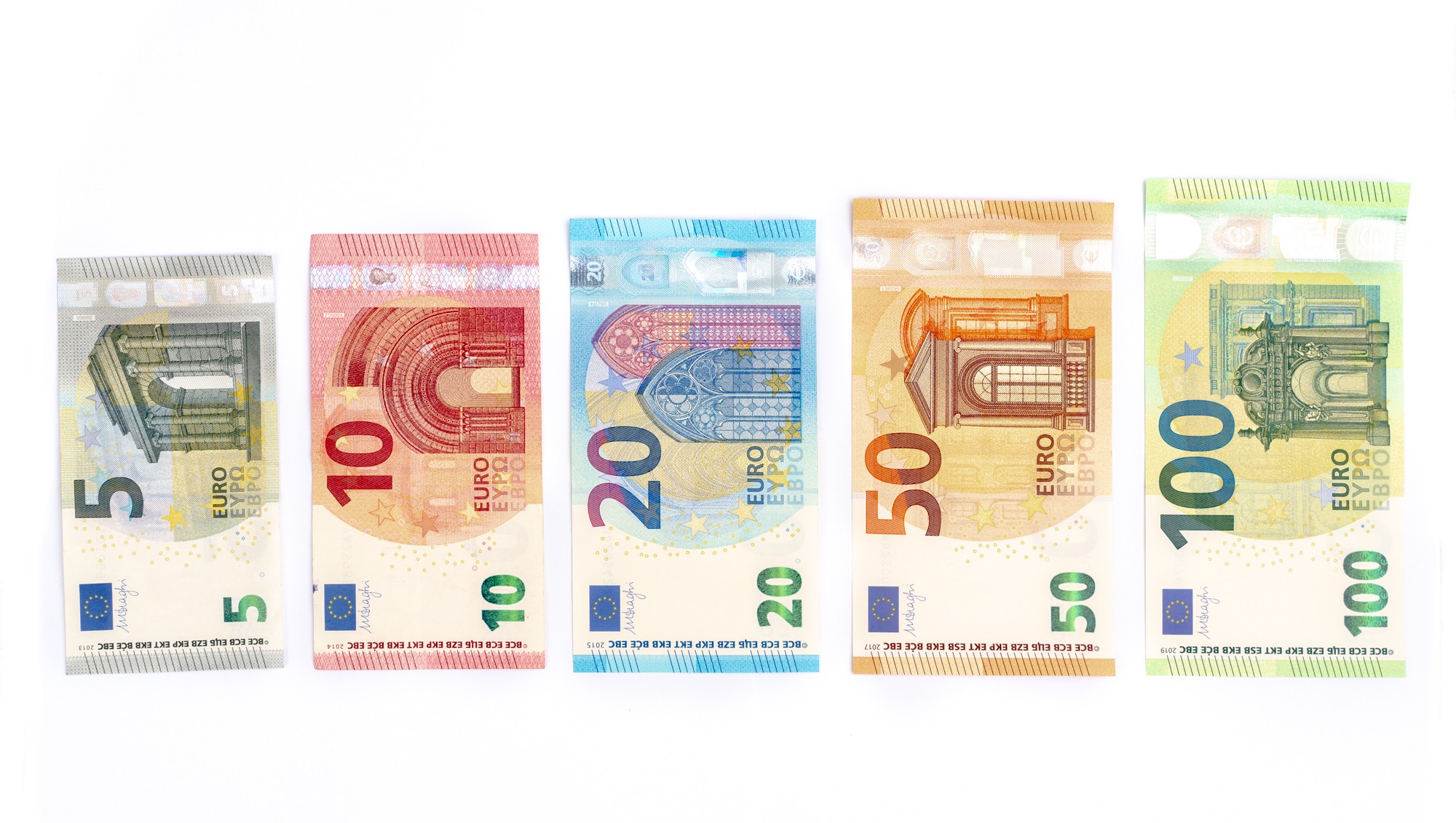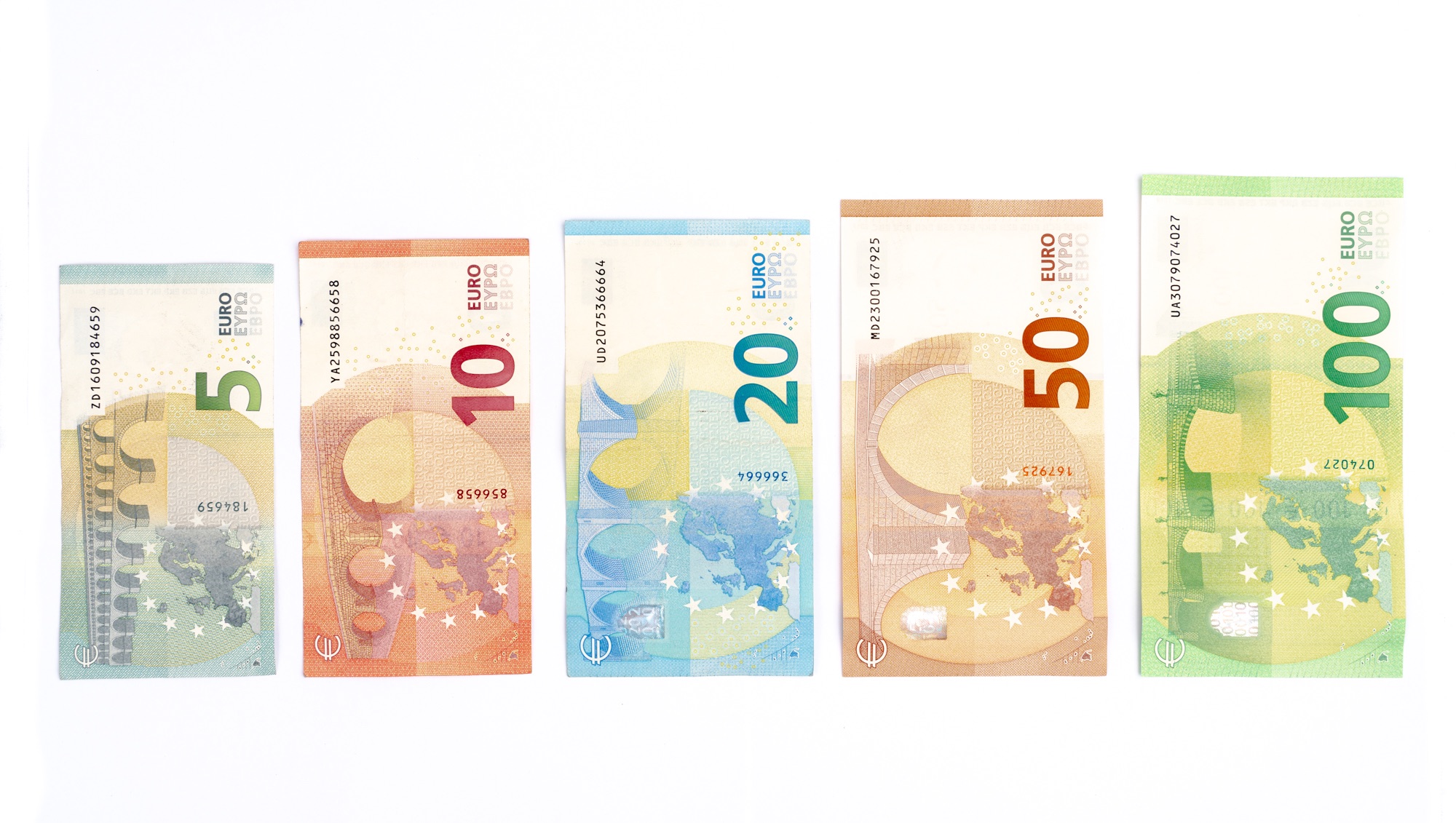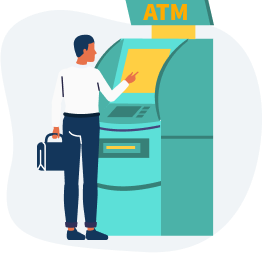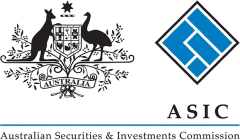Currency in Lithuania
A Travel Money Guide to Lithuania
An off-the-beaten-path destination, Lithuania delivers a beautiful balance of stunning natural beauty and charming towns. You’ll soon find yourself wandering down the cobblestone streets of the capital Vilnius and winding your way through the country’s famous green forests.
You’re in for a treat in Lithuania but to get more out of your stay, it’s always handy to be savvy about your money options. This guide will give you a total rundown of all things money-related in Lithuania, from the best currency exchange options to how to pay for things.
What Currency does Lithuania use?
Lithuania is one of the most recent countries to join the eurozone – the collection of European countries using the euro.
This Baltic country replaced its old currency – Lithuanian litas (LTL) – with euros on 1 January 2015. Litas banknotes and coins can still be exchanged at the Lietuvos bankas (Bank of Lithuania) at a fixed rate of one lita to €0.29.
The euro is universally represented by the sign € and the currency code EUR. As with many other European countries, Lithuanians often write their prices with the symbol following the numerals and using a decimal comma instead of a point (for example 10,50€ instead of €10.50).
Lithuanian Money
In all countries in the eurozone, local banks work with the European Central Bank to produce the local currency.
One euro is made up of 100 cents. Euro coins come in eight denominations of one, two, five, ten, 20, and 50 cents as well as €1, and €2.
Euro banknotes are available as €5, €10, €20, €50, €100, €200, and €500. The larger banknotes are rare so you may find that some merchants refuse to accept them.
Parts of the euro currency are standardised across the eurozone, including all banknotes and one side of the euro coins.
But each country is charged with designing a national side to show the diversity of the eurozone. All coins, regardless of their origin, are accepted throughout the eurozone.
Lithuanian euro coins feature the coat of arms of the Republic of Lithuania, which is a knight riding on a horse with its sword raised.



How to Exchange Currency in Lithuania
Exchanging your currency on arrival in Lithuania is an easy and convenient option. Yet it’s still a good idea to research your best option to find out how you can save money in the exchange.

ATMs in Lithuania
It’s easy to find 24-hour ATMs in Lithuania because they’re everywhere. Even in the smallest towns, there should be at least one ATM.
Most ATMs will accept Visa and Mastercard, along with Cirrus and Maestro. If you have an American Express card, look out for Citadele ATMs, which are the only ones that will accept it.
Lithuanian ATMs tend to issue high denominations so if you need smaller notes, request a specific amount such as €140.
Thankfully, most Lithuanian ATM providers don’t charge fees and those that do will display the amount to be charged before giving you the option to continue.
Even if you’re not charged an ATM fee, you may still end up paying fees to your home bank for overseas ATM withdrawals and foreign currency conversions.
Also, look out for an ATM service that offers to directly convert your withdrawal into your home currency. Though it seems convenient, this service actually provides poor value for money. It’s better to choose to be charged in the local currency and let your bank deal with the exchange rate.
Currency Exchange Outlets
Another option is to bring your home currency to Lithuania and exchange it at a local bank or exchange office.
Try to avoid exchange offices in areas with high tourist traffic, such as airports or hotels. These places have a captive market so they tend to charge higher commissions or poor exchange rates.


Travellers Cheques
Once upon a time, we considered travellers cheques a godsend, providing security while allowing us to carry big amounts of money with us overseas.
These days, travellers cheques are all but useless. In Lithuania, you’ll struggle to find a bank willing to change them and almost no businesses will accept them as direct payment.
Even if they did, travellers cheques have abysmal exchange rates, making it far more alluring just to stick to cash currency exchanges or ATM withdrawals.
Buying Lithuania’s Currency Before You Go
If you’re looking for value, add ‘buy currency’ to your travel planning list and secure your euros before you leave home. This also frees up your time to explore Lithuania.
There are 3 ways to buy euros from home:
- Buying euros online to be delivered or for you to pick up in-store.
- Swapping AUD for EUR at a currency exchange store.
- Buying euros at the airport.
Try S Money or a similar online currency exchange store to get rates that reflect the comparisons you see on XE or Google.
If you choose online delivery or in-store pickup, check the processing time. Some exchange companies with online options suggest you allow between two and five days to process currency.
Prefer in-store currency exchange? Head to the CBD of your nearest city for the most competitive exchange rates; suburban bureau de change outlets tend to have poorer rates and fees.
Currency exchange counters in Australia’s airports are infamous for their atrocious exchange rates. Avoid them if you can.
Using Your Bank Card in Lithuania
These days, everybody travels with a bank card of some sort – but the value you get from your card all depends on the type of card you use and the issuer you choose. Some of the best travel money cards include debit, credit and prepaid cards.
Visa and Mastercard are the most commonly accepted debit and credit cards in Lithuania, especially in the capital Vilnius. In smaller villages and at local markets, cash payment is always preferred.
Debit Cards
If you choose to use your debit card overseas, just beware of any fees or charges your home bank may impose. These fees might cover ATM withdrawals, overseas transactions, and currency conversions.
Some cards that offer more competitive rates and lower (or even no) fees include:


Credit Cards
Lithuania is adapting to plastic money, so you shouldn’t have too much trouble using a Visa or Mastercard credit card in the bigger cities.
American Express isn’t as widely acknowledged and you may only be able to use them in bigger businesses.
Pay attention to the fees you may incur by using your credit card overseas. These could include cash advance fees for ATM withdrawals, international transaction fees, and overseas ATM withdrawal charges.
Prepaid Travel Cards
Prepaid travel cards work by letting you load up in the currency of your choice and lock in the exchange rate.
Though you avoid some fees for spending in a foreign currency, you might end up squandering those savings on other charges, such as reload fees and inactivity fees. Travel cards also usually apply ATM withdrawal fees.
Not only this, it can often take days for your currency to actually load onto your card, leaving you potentially cash-strapped.
If you still like the idea of locking in the exchange rate, both the Revolut and Wise debit cards come with currency loading options.

The Average Cost to Travel Around Lithuania
The travel planning stage can be both exciting and a little stressful, especially if you’re trying to figure out a budget.
To help you cost out your trip, here are just some of the average costs you’re likely to encounter on your travels:

€50-65
A room in a guesthouse

€10
Two-course meal at a nice restaurant

€3-4
A pint of beer

€0.64
A city transport ticket

€1-2
Entrance to a museum

